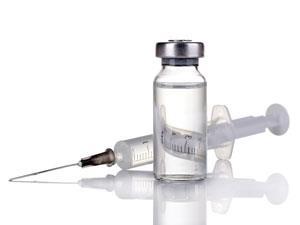It’s been an interesting month in the world of off-label pharmaceuticals
It’s been an interesting month in the world of off-label pharmaceuticals. On one hand Clinigen and Idis are merging to create the world’s largest ‘ethical’ supplier of locally unlicensed drugs – predominantly to supply EU- or US-approved medicines to countries lower down on pharma companies’ lists of places to file for approval. On the other hand, Amarin is suing the US Food and Drug Administration (FDA) for what it sees as a breach of its right to free speech, by restricting it from distributing clinical trial results to doctors.
Each of these stories throws a little light on a tricky problem in pharma – how do drugs make it from approval to regular clinical use? In an ideal world, once a drug is approved, it would immediately be taken up by medics and used according to an impartial, evidence-based assessment of its relative performance compared to existing treatments for that disease.
Medicines with spectacular performance – such as the latest crop of hepatitis C drugs – approach this scenario (as long as those holding the purse strings agree to the price). But for those with more marginal or complex risk–benefit profiles, or in disease areas where there are already a lot of established drugs, it’s a different story. The top specialists in national centres of excellence – and the doctors involved in the clinical trials – may be well acquainted with a new drug, but getting that information to more generalist doctors in local centres is what pharma companies spend their marketing budgets on.
And herein lies the problem. Going back to that ideal world, all medics would have access to (and religiously read) the clinical data and regulatory reports relating to new drugs, and that would be enough for them to decide how best to use them. However, it’s well established that the clinical trial record is incomplete and biased towards positive studies. And data comparing new drugs to established ones is still the exception rather than the rule, making it difficult to deconvolute relative performance.
Moreover, doctors are human like the rest of us – and busier than most – so shortcuts are sorely tempting. But when those shortcuts come in the form of visits from sales representatives, or ‘training’ provided by the companies that make the drugs, it opens the door to potential distortion, bias and misleading marketing. A string of record fines for companies like GlaxoSmithKline, Pfizer and Johnson & Johnson in recent years shows how willing firms are to tiptoe close to – and cross – the lines of propriety.
Which brings us back to legitimate suppliers of unlicensed medicines. Such firms provide an important service, but there is a risk that they could become too successful, and undermine the regulators. Clinigen says it is reacting to the way the market is developing, rather than actively carving a niche for its services. Getting regulatory approval for a drug is increasingly expensive, as the performance bar is raised. That means companies naturally focus on markets where they are most likely to recoup those costs. If off-label promotion gets easier, there is less incentive for companies to spend the time and money pursuing approval elsewhere, leaving doctors – and ultimately patients – with less evidence of whether their drugs live up to the claims on the label.

















No comments yet